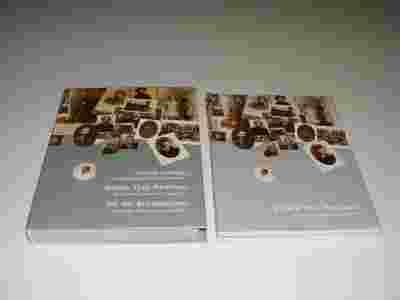AUSCHWITZ KATALOG OK 2400 ZNALEZIONYCH FOTOGRAFII

Aukcja w czasie sprawdzania nie była zakończona.
Aktualna cena: 89.99 zł
Użytkownik inkastelacja
numer aukcji: 4240889715
Miejscowość Kraków
Wyświetleń: 1
Koniec: 24-05-2014 19:40:00
Dodatkowe informacje:
Stan: Używany
